
| Specifications |
| TAB082 | |
| ART SILK | |
| Weight 800 gm |
| Delivery and Return Policies |
| Returns and Exchanges accepted within 7 days | |
| Free Delivery |
The beauty of blue and richness of brocade work is combined on the field of this Royal-blue Banarasi saree, crafted with soft art silk.
The body of the saree is adorned with flowering Panchaphool or five kinds of flowers along with an exquisite image of peacocks snuggling, creating a picture of togetherness that warms the heart.
The stunning use of metallic threads contrasts with the blue background creating a beautiful effect.
The border of the saree is decorated with floral vines and the pallu is ornamented with a sumptuous spread of ethnic patterns making the art silk saree a lovely attire.
When it comes to choosing from a variety of elegant sarees to be
worn on any special occasion or big event, a Banarasi saree is
always the top pick for all women. As the name suggests, a
Banarasi saree originates from the ancient city of Varanasi
(formerly known as Banaras) in Uttar Pradesh, India. These sarees
are made of finely woven high-quality silk and bear opulent
embroidery with metallic threads. The main characteristic feature
of a Banarasi saree is gold and silver brocade or zari work upon
the silk fabric. The end of the saree called Pallu is heavily
decorated with the work of embroidered designs and sometimes with
mina work.
The making process of a Banarasi silk saree is elaborate and a lot
of manual labor and dedication goes into it.
Before working on the original Banarasi saree, a template is prepared by making a detailed design on graph paper. This template contains the designs of the base, pallu, and border. When these designs are approved and agreed upon, the process moves further into the next step.
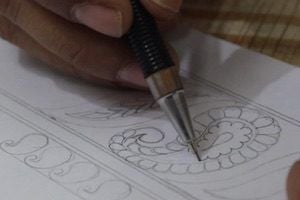
The Patta is a stencil made of cardboard on which the designs on graphic paper are put into the handloom machine and holes are punched into to create its exact pattern/copy. The stencil is then installed into the machine from where the weaving process begins.
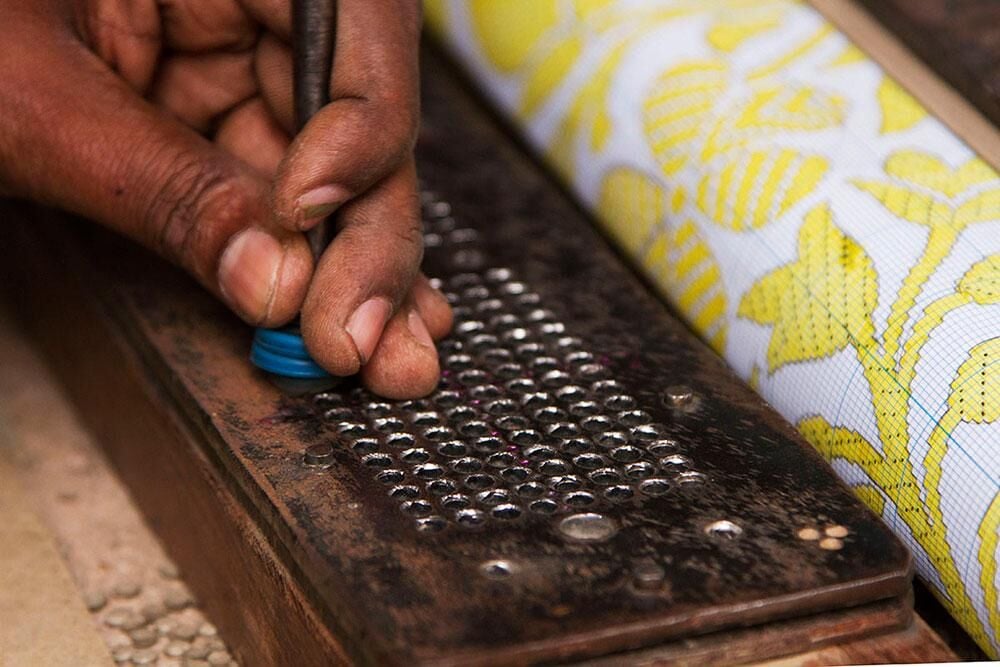
High-quality silk yarns from South India are selected for the making of the finest Banarasi sarees. These raw yarns are then processed and dyed as per the color shade of choice. The excess water is drained out and the colored yarns are allowed to dry in the sun.
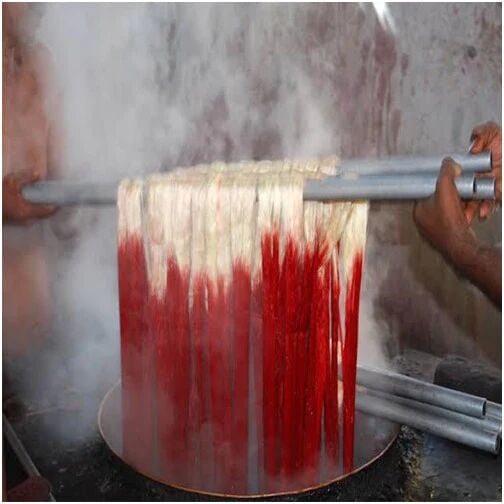
Zari is one of the distinctive features of Banarasis that makes the saree look graceful and beautiful. The selection of Zari is done as per the base color of the saree. Usually, in most sarees, copper zari is used but sometimes real silver and gold zari may also be used.
After the silk yarns are processed and ready, the process of weaving begins on a handloom attached to the machine. This is the most complicated step in the whole process. The longitudinal threads (the Tana) and the latitudinal threads (the Bana) are set on the loom. With the back-and-forth movement of the shuttle of the machine, the desired design is obtained and the weaving of the Banarasi saree is completed. The weavers of Banaras are highly skilled and thus they are able to exhibit excellent skills and the fabric comes out with the right details.
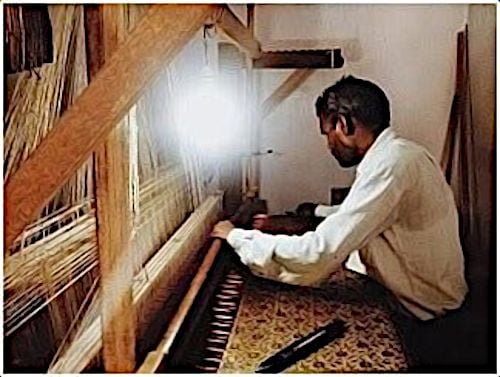
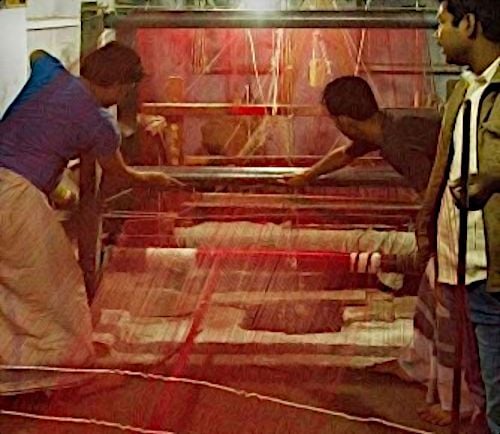
When the weaving of the saree is completed, it is made ready to be sent out for sale. Extra or loose threads are cut to make the saree flawless.
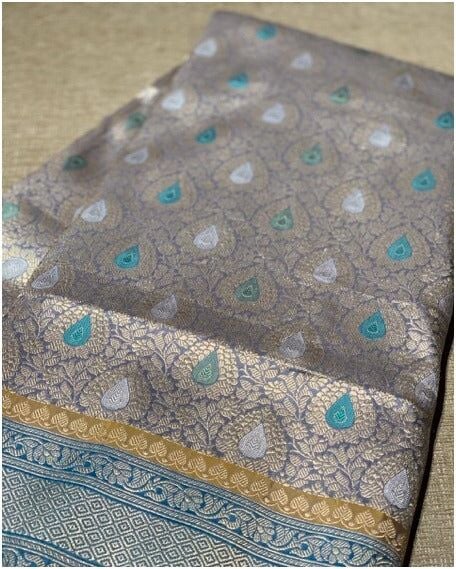
The colors of Banarasi sarees are always vibrant and eye-catching. Every step of the process of making these sarees is carried out in such a way that the richness and magnificence of the fabric and its design do not go for a toss and the saree turns out just the way it is required. The splendor of Banarasis is undoubtedly unmatched and this is the reason why they are in high demand even in the international fashion world.
Send as free online greeting card
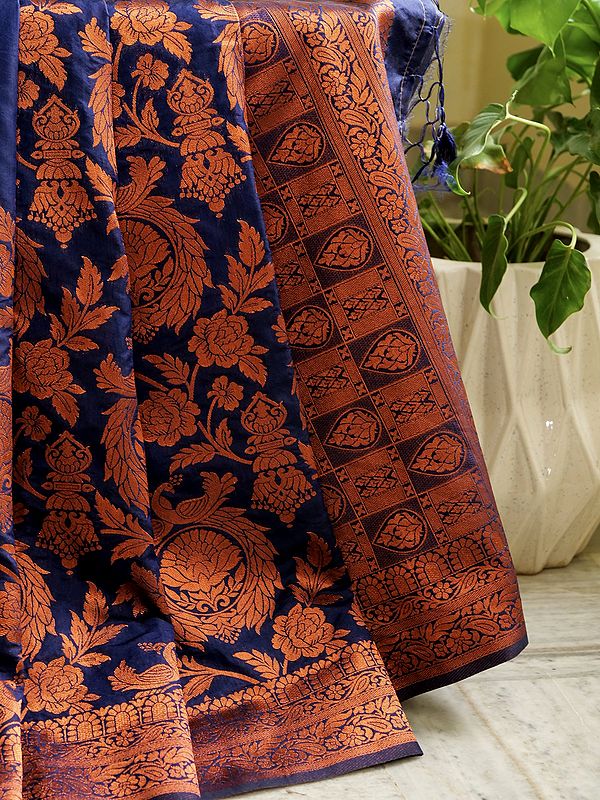
Visual Search